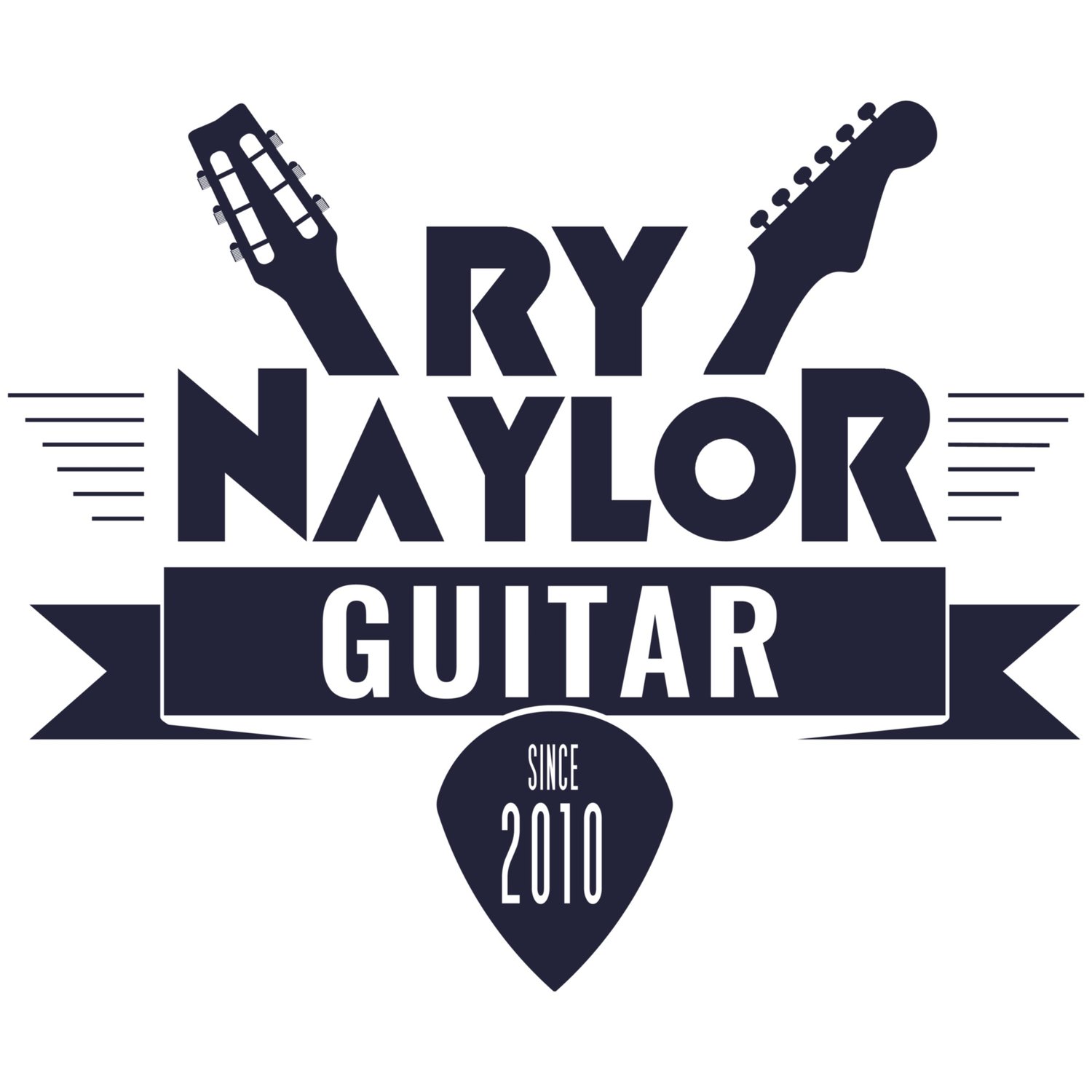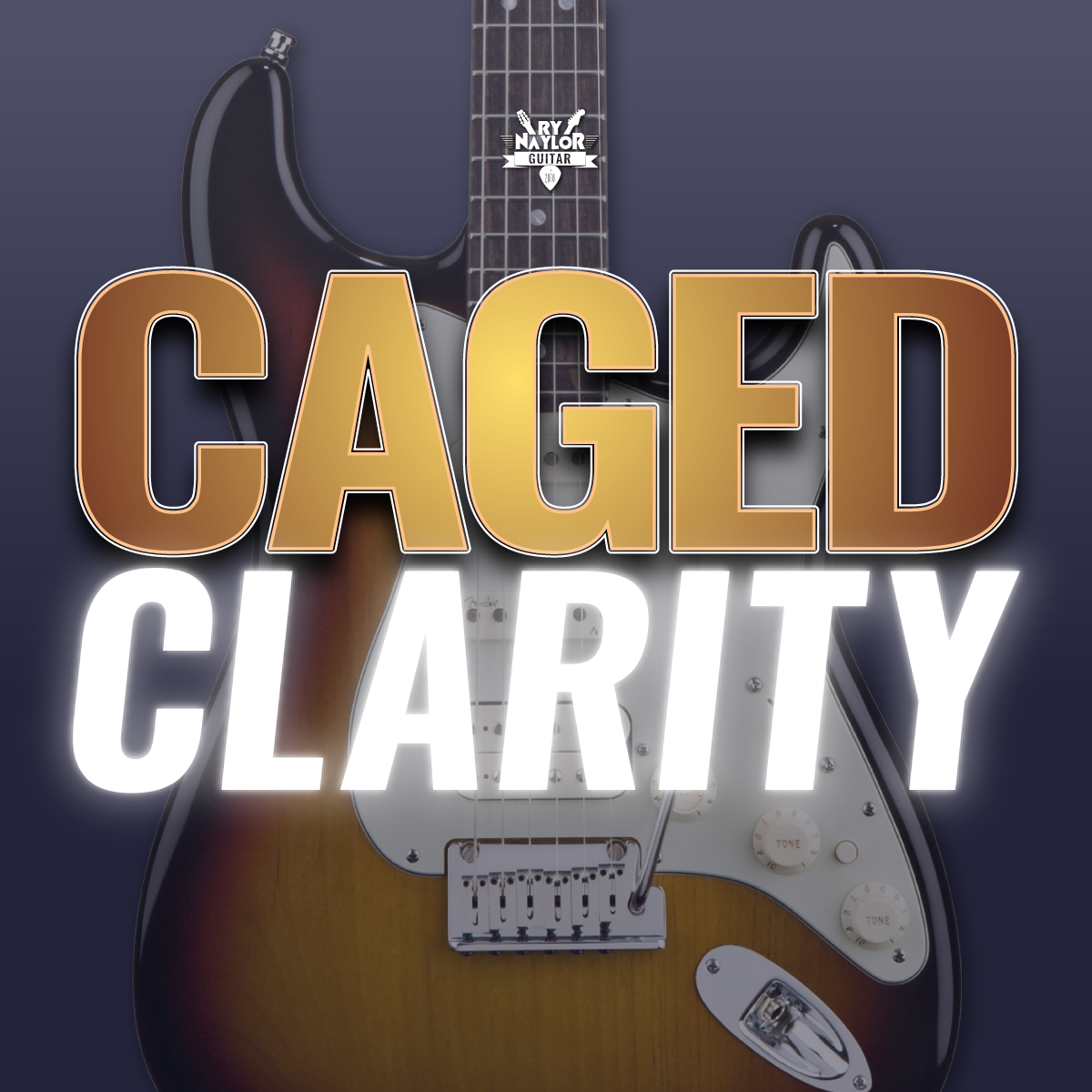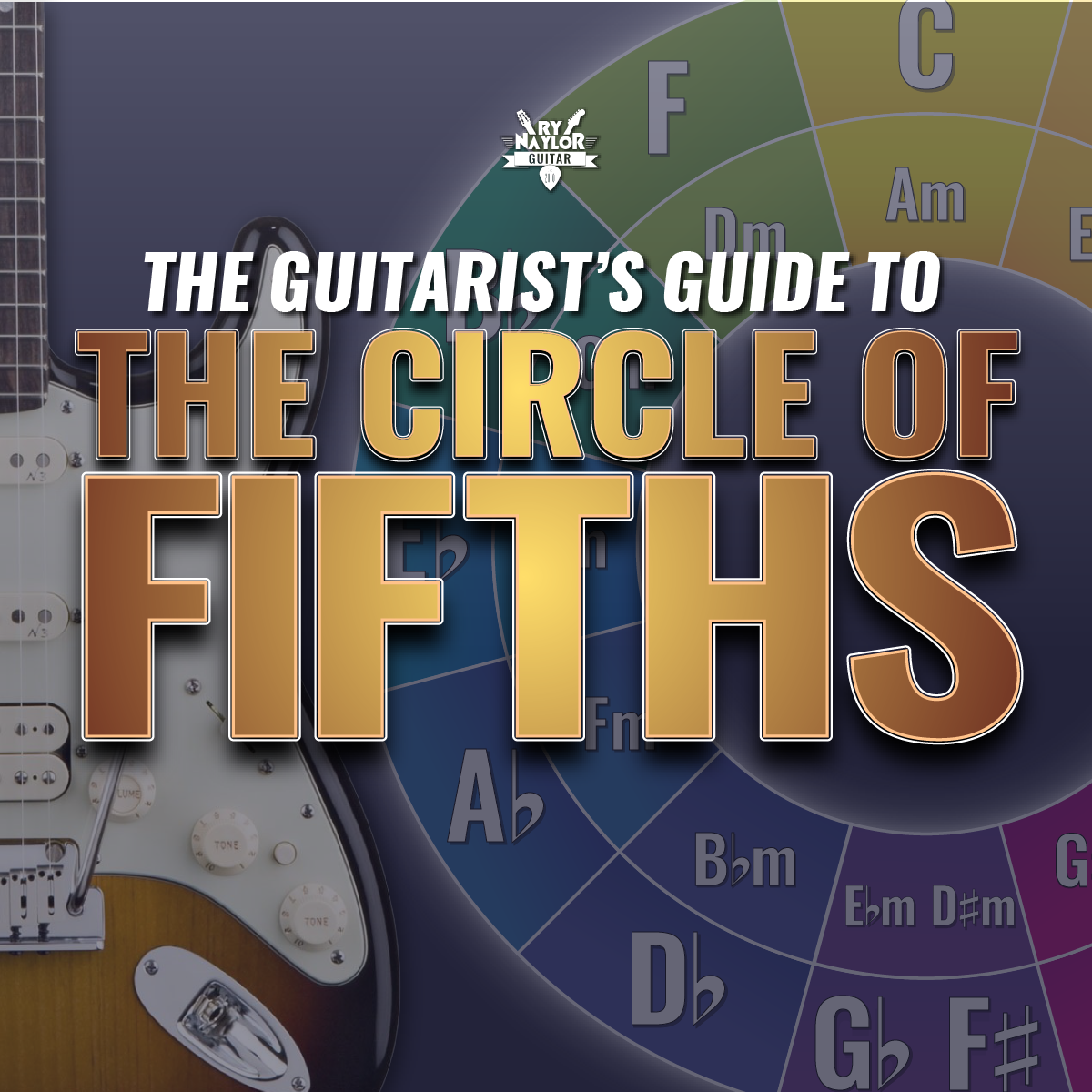Chord of The Day - How to Play Loads of Different F Chords
/In this week's Chord of the Day I wanted to present to you all the different grips we can use for the F chord and its possible substitutions in the open position, incorporating both additional fretted notes and open strings.
An F chord is formed with the notes F, A and C. We can play a simple triad shape across strings 4, 3 and 2. If I replace the A note on string 3 with the open G I create what is called an Fsus2. Adding an open string 1 to these shapes creates an Fmaj7 (commonly used by beginners to replace an F chord) or Fmaj7sus2.
I can fret notes on string 1 to create a mini-barre F chord when pressing into fret 1 with finger 1. Grabbing the G note on fret 3 with the pinky finger creates an Fadd9. I have another Fsus2 if I add the open string 3 to this grip.
As you become comfortable with these shapes and your technique develops you can look to add extra notes to the lower strings. Adding a C note on string 5 creates a series of slash chords (in which F is considered the root note but the lowest note we play is a C).
The final stage is to try and add an F note on string 6 using the thumb over the top of the neck. This allows you to play chord grips with open strings, which will not be possible with a full barre F chord.
Finally I'll show you how to play the barre F chord. I find it helpful to think about an E chord shape being formed in fingers 2, 3 and 4, with finger 1 acting as a capo to press across all the strings. This one takes time but little and often is the key to getting this sounding clean.











